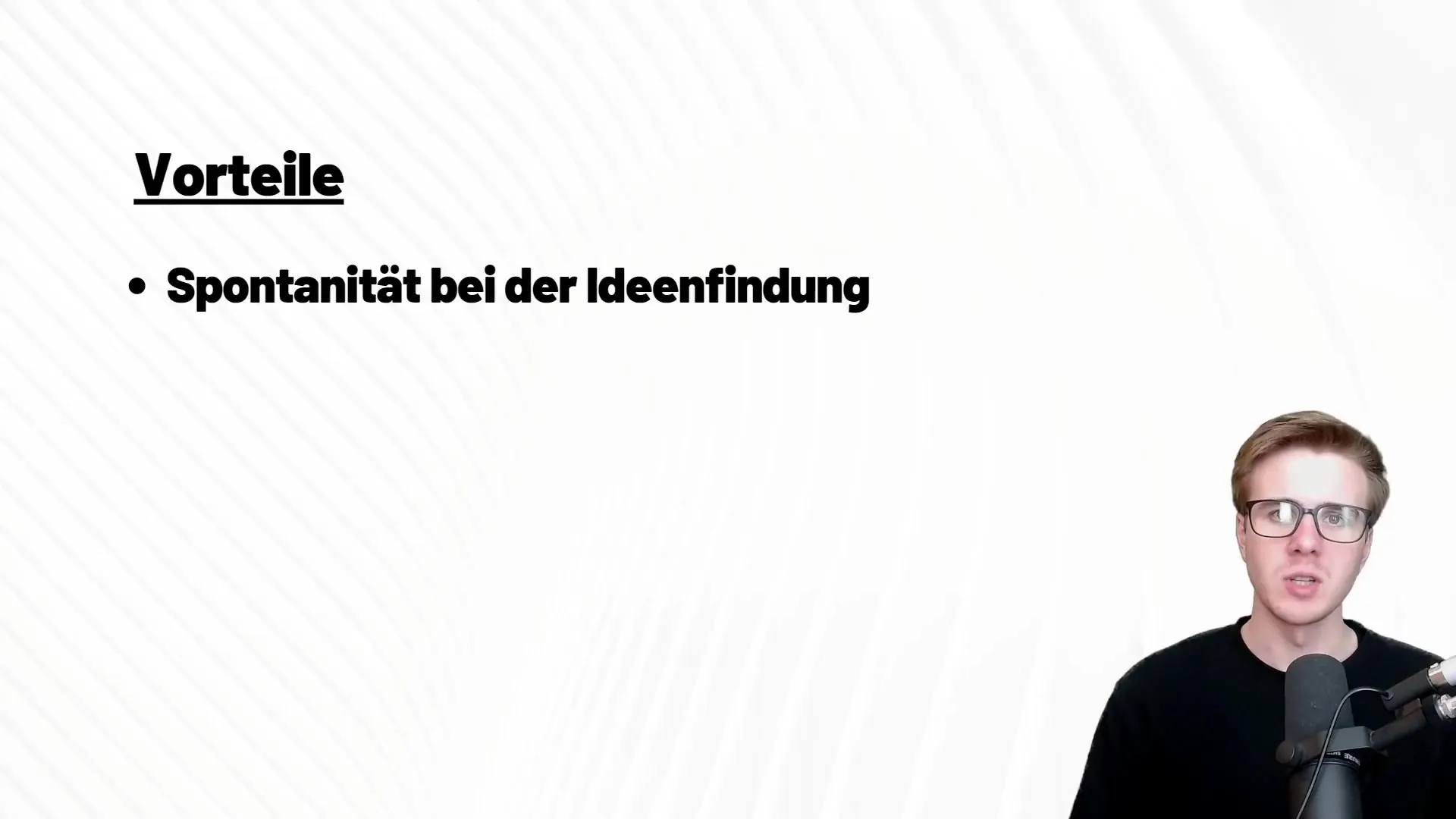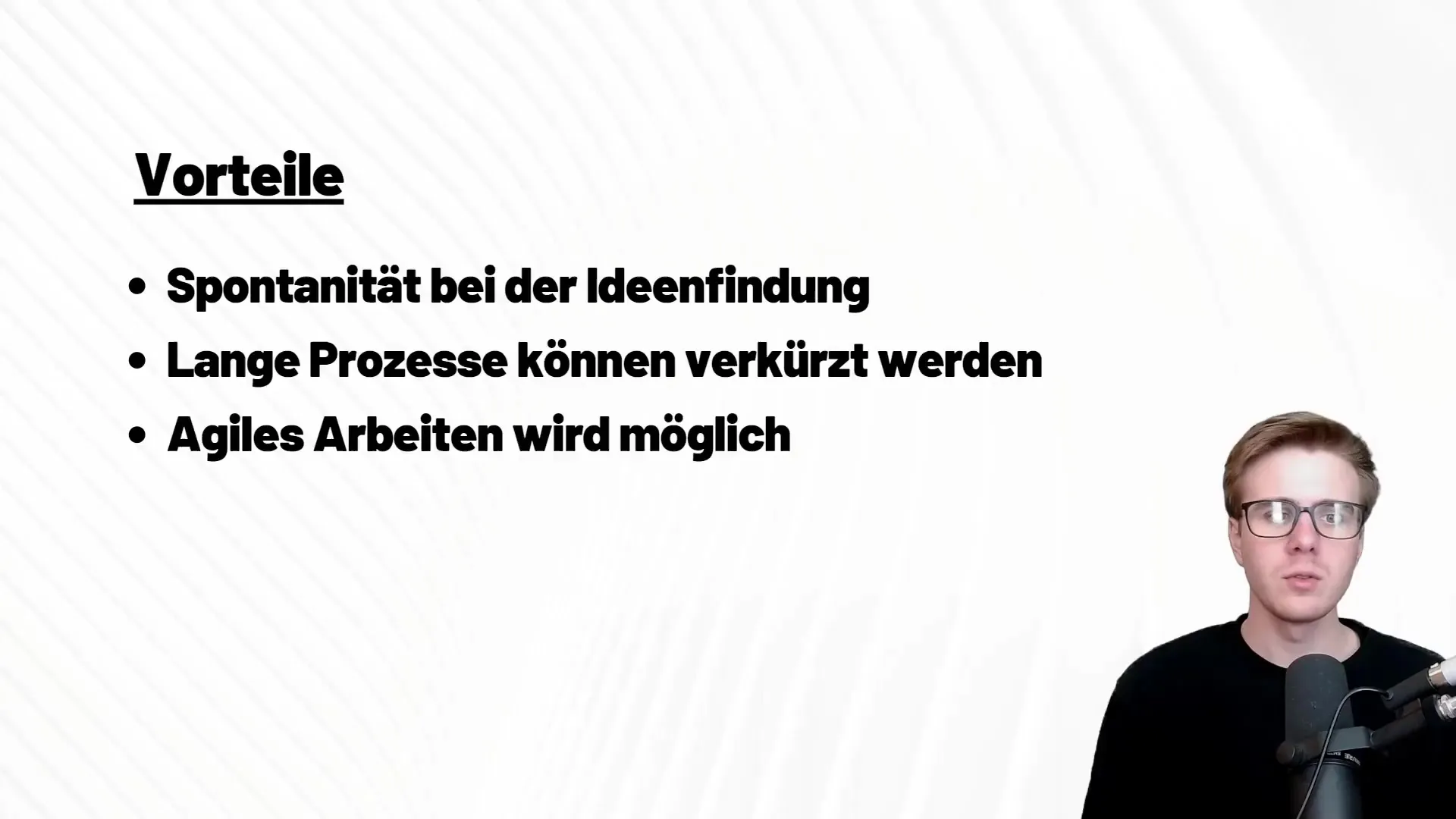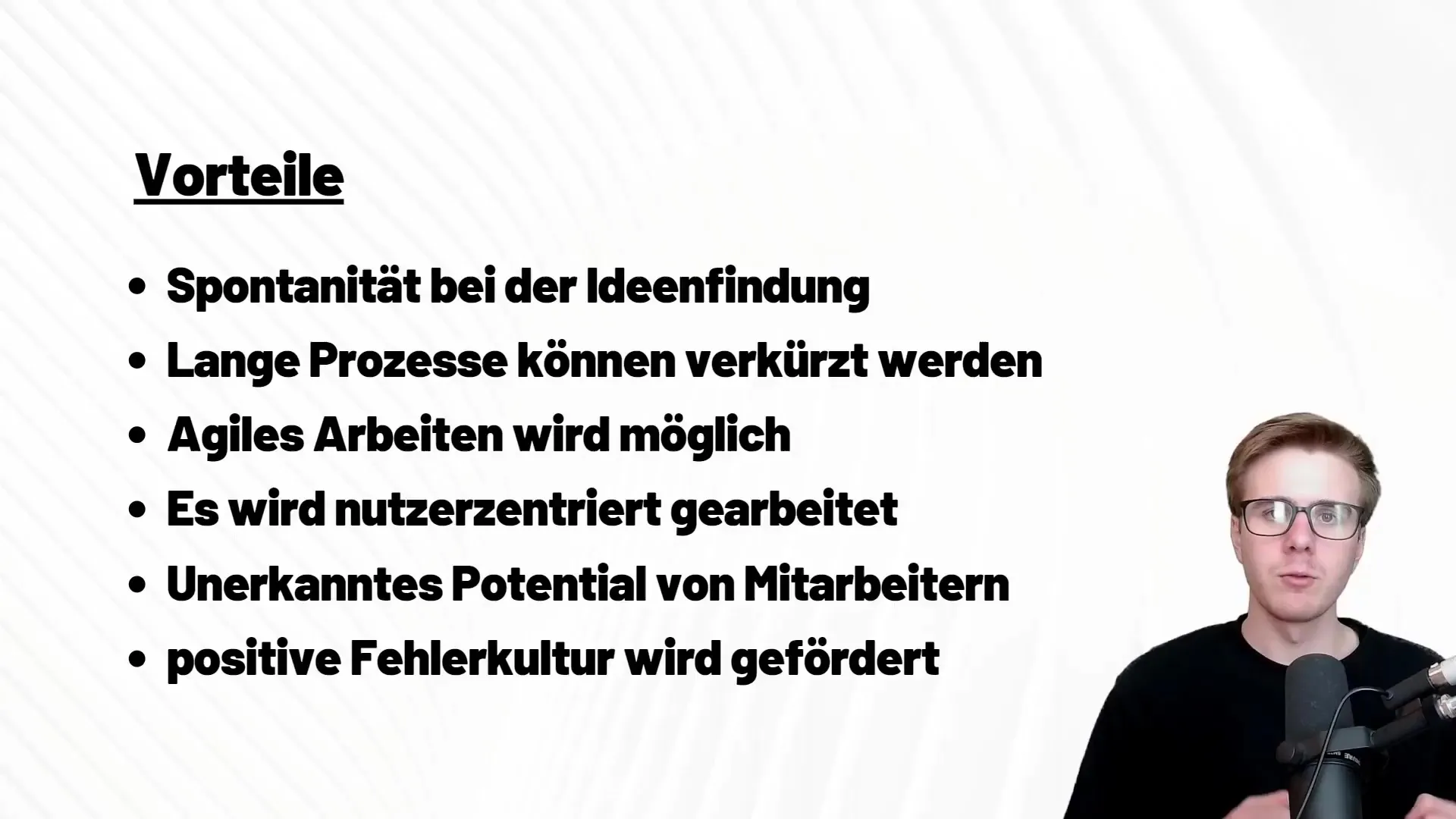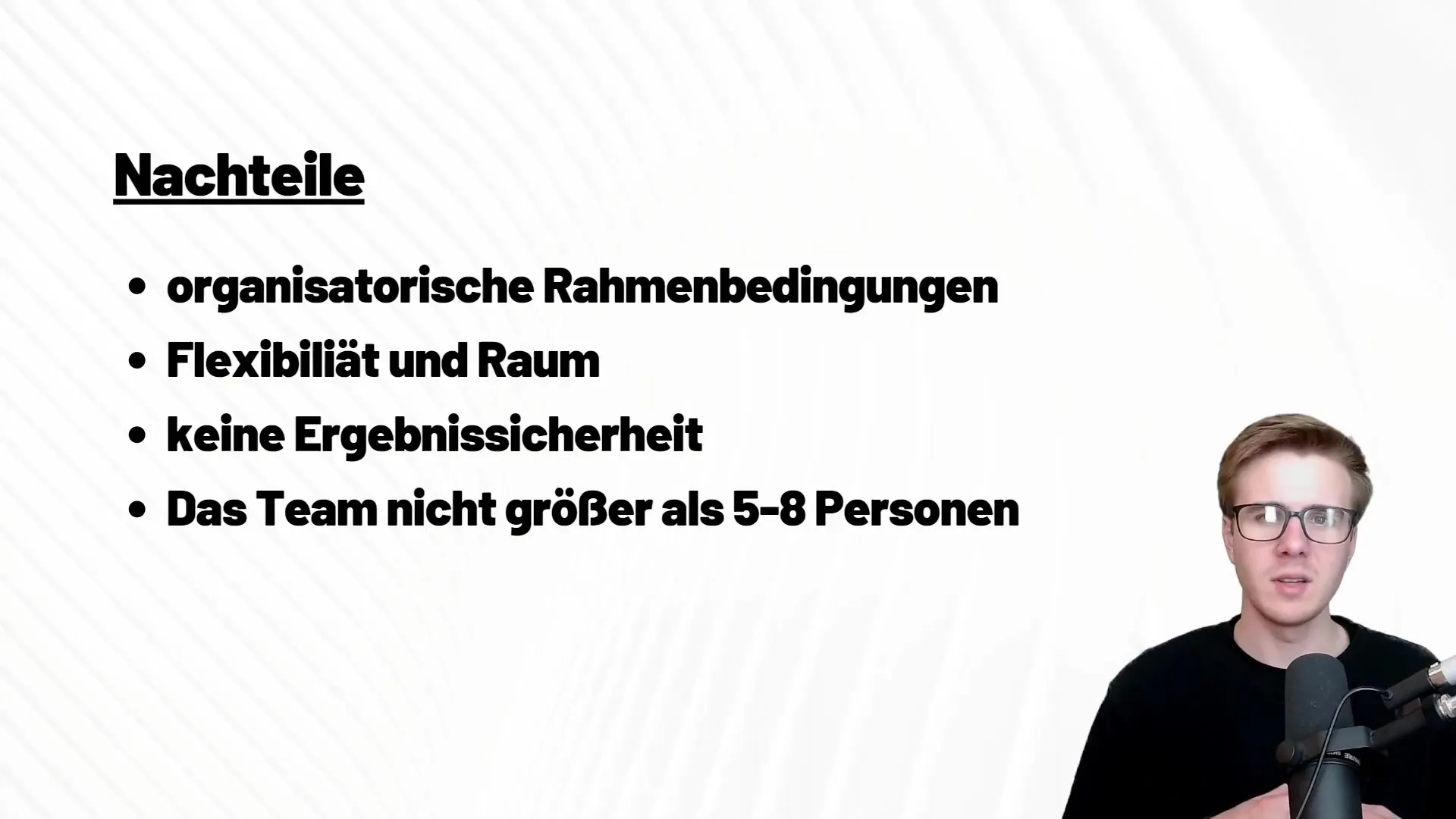Design Thinking is a widely used method that is used in product development, marketing, and many other areas. It promotes creativity and user orientation and has proven to be effective in designing innovative solutions. However, like any method, Design Thinking also has its advantages and disadvantages. In this guide, you will learn about the key aspects to decide if Design Thinking is suitable for your project.
Key Insights
Design Thinking offers you the opportunity for creative development, utilizes different perspectives, and fosters teamwork. But the process also requires structure and can become inefficient without clear organization. A balanced approach is crucial.
Advantages of Design Thinking
Spontaneous Idea Generation
A key advantage of Design Thinking is the possibility of spontaneous idea generation. During the creative process, it is important that you understand the situation and observe both the needs and behaviors of the users.

In the initial stage of the idea-finding process, nothing is evaluated, meaning that you can freely express all ideas, no matter how unrealistic or complex. This promotion of creative thinking is crucial to reach an innovative prototype that meets customer needs.

Efficient Prototype Development
You will find that Design Thinking allows you to shorten long development processes. Instead of numerous products that you have to launch fully on the market, you can start with different prototypes that you test selectively.
This means that the market is not flooded with products that are only tested for their usefulness after extensive development. Instead, you can iteratively work on the prototypes and thus save time and resources.
Agile Work and Team Integration
Design Thinking promotes agile work, allowing you to incorporate various perspectives into the development process. You benefit from the ideas of other team members and departments. This increases the likelihood that the end result is tailored to production capabilities and cost structures.

It is also essential to involve the end user in the process to understand their actual needs and integrate them into the prototype.
Positive Error Culture
Another advantage is the establishment of a positive error culture. By allowing errors during the creative process, you can learn and grow. This learning is crucial to better respond to user needs.

Disadvantages of Design Thinking
Lack of Result Certainty
An essential disadvantage of Design Thinking is the lack of result certainty. While a lot of creativity can be unleashed in the early stages of the process, it cannot be guaranteed that a meaningful prototype will emerge.
There is a risk of essential information missing, for example, if your team misses key observations of the target audience. This can result in you not being able to develop viable ideas.
Excessive Flexibility
Design Thinking demands flexibility, which can also become a disadvantage. If you give your team members too much freedom, it can lead to losing focus and no longer making significant progress.
Therefore, a certain level of structure and clarity in the process is important to ensure that participants work purposefully.
Team Size and Personal Interaction
Another negative point is that teams that are too large (over 8 people) often become ineffective and communication suffers. Too many participants can lead to not every individual actively engaging in the discussion, disrupting the creative process.

In addition, interaction within the team should be personal. Virtual meetings are not always the best approach, as direct exchange of ideas is essential for the success of Design Thinking.
Summary
Design Thinking as a method has many facets. The benefits range from increased creativity to effective prototype development. On the other hand, it is important to ensure a clear structure to avoid the risk of inefficiency. Striking the right balance is crucial for successfully implementing the method.


